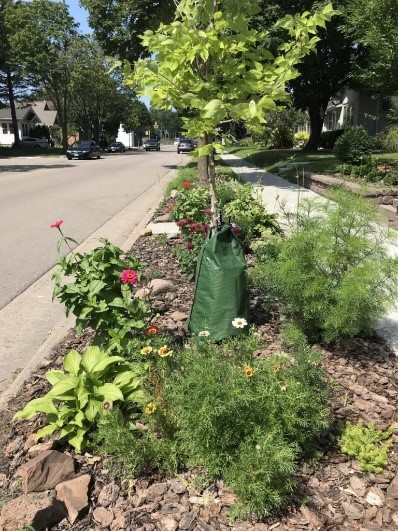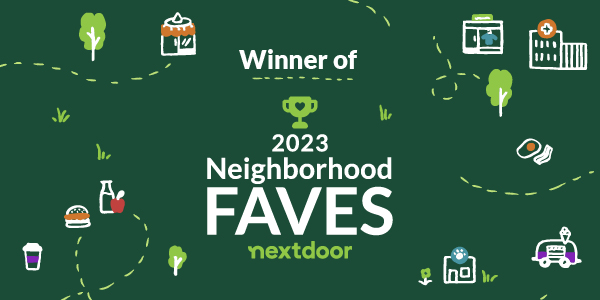Boulevard (Hell Strip) Gardens
The area of land between the sidewalk and the street (the boulevard or sometimes, the hell strip) offers exciting space opportunities for gardeners who want to expand their plantings. But planting a boulevard garden requires honest assessment, careful plant choices and diligent maintenance.
Boulevard gardens are becoming more popular in the Twin Cities. They are known for dry, poor soil and resistance from salt in the winter.
Why is it sometimes called Hell Strip?
The reason the land strip between the sidewalk and the street are called hell strips is because they can really feel the intensity of the heat from three sides; the sun, the sidewalk, and the street.
Is it legal to plant there?
Check if your city has ordinances about planting in the boulevard and if there are height and other restrictions. This simple check will determine if you should spend money and time on a garden that your city or town accept. If there are trees on the boulevard, they are usually owned by the city. Avoid disturbing roots as you remove turf grass and put in new plants. Be sure to assess the sun and soil on your boulevard garden. If there are trees nearby, you’ve got a shady space and should plant accordingly. If road salt is an issue, consider choosing plants that can deal with that. You also may want to plant a garden designed to reduce runoff.

Photo: Jenny Werness
Practicalities and Maintenance
When designing your boulevard garden, consider the practical stuff as well as the beautiful:
- Is there room for people getting into or out of parked cars?
- Can you step into the garden to do weeding, planting or other chores? Stepping stones are a good way to add a design element that also has function.
- Depending on the location of your hose, you may want to think about choosing drought-tolerant plants for the boulevard.
Plant Choices
Once you know the basics, the fun part begins; designing your garden and choosing plants. Boulevard gardens can be in almost any style, but native and pollinator friendly plants often do best in the tough conditions on boulevards. It’s also a good idea to choose plants that have a slightly lower profile. You don’t want a tall plant to block a driver’s sight line or one that will flop over on the sidewalk and block pedestrians. Note: I had tall phlox in my boulevard garden that drooped onto the sidewalk. Unfortunately, before I tended to them, the city sent me a note to remove or tie back the obstructive plants on my sidewalk. Needless to say, the phlox were relocated that fall.
The University of Minnesota’s classic The Best Plants for 30 Tough Sites includes lists of plants for different types of boulevards and is free to download. Since a boulevard garden is out-front, think about adding some spring bulbs or spring ephemerals to extend the season of bloom.
Here is a list of plants that have been selected based on their ability to live and flourish in difficult urban sites. These plants are also good choices to use along a driveway where salt might get into the ground during the winter months.
All of these plants require at least 5 hours of sun a day.
- Yarrow *
- Milkweed *
- Aster
- Purple Coneflower *
- Daylily
- Hosta (will require some light shade)
- Bearded Iris *
- Blazing Star Liatris *
- Daffodil
- Catmint *
- Peony
- Russian Sage *
- Ornamental Grasses *
- Phlox
- Black Eyed Susan
- Stonecrop
- Lamb’s Ear*
- Speedwell *
- Yucca *
* Denotes drought tolerant after well established
Once your garden is planted, add a thin layer of mulch and keep the space weeded and well-maintained. Before you know it, your neighbors may be planting a boulevard garden, too!
Sources: Minnesota State Horticultural Society
University of Minnesota






